Guide for collectible figurine appraisal: determine your figurine collection value and price
Determining the value of your antique and collectible figurine is more than just looking for it on the figurine price guide. In reality, this is just the beginning of the tedious process of valuing your collectible figurines.
In the ever-expanding universe of collectibles, a universe valued in the billions of dollars, figurines represent a uniquely tangible and often deeply personal intersection of art, nostalgia, and investment. For many in the United States, what starts as a simple purchase—a Funko Pop of a favorite character, a delicate porcelain figure inherited from a grandparent, or a high-end statue from a beloved film—can blossom into a collection of significant financial worth. But how does one navigate the complex and often volatile market to understand the true value of these treasures?
The collectible figurine market is no longer a niche hobby; it’s a legitimate alternative asset class, with some pieces fetching astronomical sums on the secondary market. A rare Funko Pop two-pack sold for an incredible $210,000, while certain 18th-century porcelain figures can command prices well into the thousands. Whether you’re a seasoned collector looking to liquidate assets, a new enthusiast curious about your collection’s potential, or an investor seeking to diversify your portfolio, this comprehensive guide will provide the essential knowledge and tools to determine the value of your collectible figurines in the US market, with all values discussed in USD.
The Anatomy of Value: Core Factors That Determine a Figurine’s Worth
Before delving into specific types of figurines, it’s crucial to understand the fundamental principles that govern the value of any collectible. These factors are the bedrock of appraisal, whether you’re looking at a vintage Hummel or a modern Hot Toys figure.
- Rarity and Scarcity: This is the undisputed king of value drivers. The fewer a particular figurine in circulation, the higher its potential value. Rarity can be intentional, such as with limited-edition releases, convention exclusives, or “chase” variants (a rare version of a common figure, often with a different color scheme or feature). It can also be accidental, resulting from a short production run, a licensing issue that halts production (like the infamous “Clockwork Orange” Funko Pop, most of which were destroyed), or simply the passage of time.
- Condition: Condition is a close second to rarity and is often the most controllable factor for a collector. The grading scale for collectibles is exacting, and even minor imperfections can drastically reduce value. Key terms to know include:
- Mint in Sealed Box (MISB) / Mint on Card (MOC): The holy grail for collectors. The packaging has never been opened, and both the figure and the box are in pristine, factory-fresh condition.
- Mint in Box (MIB): The box may have been opened, but the figure and all its accessories are in perfect condition and have been carefully returned to the original packaging.
- Loose: The figure is out of its original packaging. Its value will depend on its condition and whether it has all its original accessories.
- Damage: Any flaws—chips, cracks, fading paint, stress marks on plastic, or creases and yellowing on the box—will significantly detract from the value.
- Authenticity and Provenance: The figurine must be authentic, not a counterfeit. Manufacturer’s marks, certificates of authenticity, and original packaging are all crucial for verification. Provenance—the history of the item’s ownership—can also add value, especially if it was part of a notable collection.
- Market Demand and Pop Culture Relevance: A figurine is only worth what someone is willing to pay for it. Demand is heavily influenced by pop culture trends. A new movie, a hit TV series, or an anniversary event can cause a surge in demand for related characters. The enduring popularity of franchises like Star Wars, Marvel, and One Piece ensures a consistently strong market for their merchandise.
- Brand and Artistry: Figurines from renowned manufacturers like Lladró, Meissen, Sideshow Collectibles, and Hot Toys often carry a premium due to their reputation for quality, craftsmanship, and artistic merit. A signed piece from a famous artist or designer can also significantly increase its value.
The Modern Marvels: Valuing Pop Culture Collectibles
The contemporary collectibles market is dominated by figures that celebrate the characters and stories of film, television, video games, and anime.
1. Funko Pops: The Vinyl Revolution
No single brand has had a greater impact on the modern collectibles scene than Funko. With their stylized designs and vast licensing agreements, Funko Pops have become a gateway for millions of collectors.
- Value Range: While common Pops retail for $12-$20, the secondary market is where the real value is realized. Rare and exclusive Pops can range from hundreds to tens of thousands of dollars.
- High-Value Examples (2025):
- Willy Wonka & Oompa Loompa (Golden Ticket 2-Pack): The undisputed king, with a record sale of $210,000.
- Clockwork Orange (Glow-in-the-Dark Chase): Valued at around $60,000 due to its extreme rarity.
- Freddy Funko as Tony Stark (Metallic): A San Diego Comic-Con exclusive, with a value of approximately $43,000.
- What to Look For:
- Exclusives: Convention exclusives (SDCC, NYCC), retailer exclusives (Hot Topic, BoxLunch), and Funko Shop exclusives are always in high demand.
- Chase Variants: The “chase” sticker on the box indicates a rare variant, typically produced in a 1:6 ratio.
- Vaulted Pops: When Funko “vaults” a Pop, it means they are no longer producing it, which can cause its value to rise over time.
2. High-End Statues: Sideshow Collectibles and Hot Toys
For collectors who demand the utmost in realism and detail, Sideshow Collectibles and Hot Toys are the gold standard.
- Sideshow Collectibles: Known for their Premium Format™ Figures (quarter-scale statues), life-size busts, and sixth-scale figures, Sideshow produces museum-quality pieces.
- Value Range: Retail prices typically range from $250 to over $1,000. On the secondary market, sold-out and exclusive pieces can double or triple in value.
- Determining Value: Look for the “Exclusive” version of a statue, which often includes an additional switch-out part or accessory. The edition size is also a key factor; a lower edition size generally means a higher value.
- Hot Toys: This Hong Kong-based company is renowned for its hyper-realistic sixth-scale figures, which feature uncanny actor likenesses and incredibly detailed costumes and accessories.
- Value Range: Retail prices for Hot Toys figures are typically in the $250-$400 range. On the aftermarket, popular and sold-out figures, especially from the Marvel and Star Wars lines, can easily fetch $600-$1,000 or more.
- Determining Value: Early releases of iconic characters like Iron Man and The Joker have seen significant appreciation. The “diecast” series, which incorporates metal parts, is also highly sought after.
The Timeless Treasures: Valuing Porcelain and Ceramic Figurines
Before the pop culture boom, the world of collectible figurines was dominated by elegant porcelain and ceramic pieces. While the market for these items has softened in recent years, rare and exceptional examples still hold significant value.
1. Lladró Figurines:
These Spanish porcelain figurines are celebrated for their delicate beauty and pastel color palette.
- Value Range: Common, in-production pieces may have modest values, but retired and limited-edition figurines can be worth hundreds or even thousands of dollars.
- Determining Value:
- Condition: Lladró figurines are incredibly fragile. Any chips, cracks, or repairs will drastically reduce their value. Look for pieces with all their delicate details, like flowers and fingers, intact.
- The Blue Tulip Mark: The Lladró logo on the base of the figurine can help date the piece. The presence of the blue tulip logo is a mark of authenticity.
- Retired and Limited Editions: The most valuable Lladró pieces are those that are no longer in production. The “Don Quixote” series and large, complex group scenes are particularly sought after.
2. Hummel Figurines:
Based on the drawings of Sister Maria Innocentia Hummel, these charming German figurines were once a collecting sensation.
- Value Range: While the majority of Hummel figurines are now worth a modest $25-$75, rare and early examples can still command high prices.
- Determining Value:
- The “TMK” Mark: The trademark on the bottom of a Hummel is the key to its value. The “Crown” and “Full Bee” marks (TMK-1 and TMK-2) indicate the earliest and most valuable pieces, produced before and shortly after World War II.
- “Adventure Bound”: This rare figurine, featuring a group of boys on an adventure, is considered the holy grail for Hummel collectors and can be worth several thousand dollars.
- Condition: As with all porcelain, condition is paramount. Crazing (a fine network of cracks in the glaze) is a common issue that can reduce value.
How to Accurately Determine the Value of Your Collection
Armed with an understanding of the key value drivers, you can now take practical steps to appraise your collection.
- Online Research: The most powerful tool at your disposal is the internet.
- eBay’s “Sold” Listings: Don’t look at what sellers are asking for an item; look at what buyers have actually paid. On eBay, you can filter your search results to show only “Sold Items.” This will give you the most accurate, real-time market data.
- Specialty Databases: For Funko Pops, the Pop Price Guide (PPG) and the Funko App are invaluable resources. For Lladró, sites like LLADROdb can help you identify and value your pieces.
- Auction House Archives: For high-end collectibles, the archives of auction houses like Heritage Auctions are a treasure trove of information.
- Professional Appraisals: For rare or extensive collections, a professional appraisal may be a worthwhile investment, especially for insurance or estate purposes. Online appraisal services can provide a quick estimate, but for a formal appraisal, seek out a certified appraiser with expertise in collectibles.
- Collector Communities: Online forums and Facebook groups dedicated to specific types of collectibles can be a great source of information. Experienced collectors are often happy to share their knowledge and help you identify and value your pieces.
Investing in Collectible Figurines: A Passionate Pursuit with Potential Profit
The line between collecting and investing has never been more blurred. For those looking to turn their passion into a potential profit, here are a few key principles:
- Buy What You Love: The collectibles market can be volatile. If you invest in what you’re passionate about, you’ll still have a collection you love, even if the market takes a downturn.
- Focus on Quality and Rarity: It’s better to have one high-quality, rare piece than a dozen common ones.
- Do Your Research: Knowledge is your greatest asset. Understand the market, know the key brands, and learn to identify the subtle details that separate a common figure from a rare treasure.
- Patience is a Virtue: The most significant returns in the collectibles market often come from long-term holds.
A World of Value in Your Hands
From the whimsical charm of a Hummel figurine to the hyper-realistic detail of a Hot Toys masterpiece, the world of collectible figurines offers a rich and rewarding experience for enthusiasts of all kinds. In 2025, the US market is more vibrant and accessible than ever, with a wealth of online resources and a passionate community of collectors ready to share their knowledge.
By understanding the fundamental principles of value—rarity, condition, demand, and authenticity—you can unlock the hidden worth within your collection. Whether you’re preserving a family heirloom, curating a museum-quality display, or making a strategic investment, the journey of a collector is one of discovery, passion, and the thrill of finding that one perfect piece that completes your collection. Your figurines are more than just objects; they are tangible pieces of history, art, and personal joy, each with a story to tell and a value waiting to be discovered.

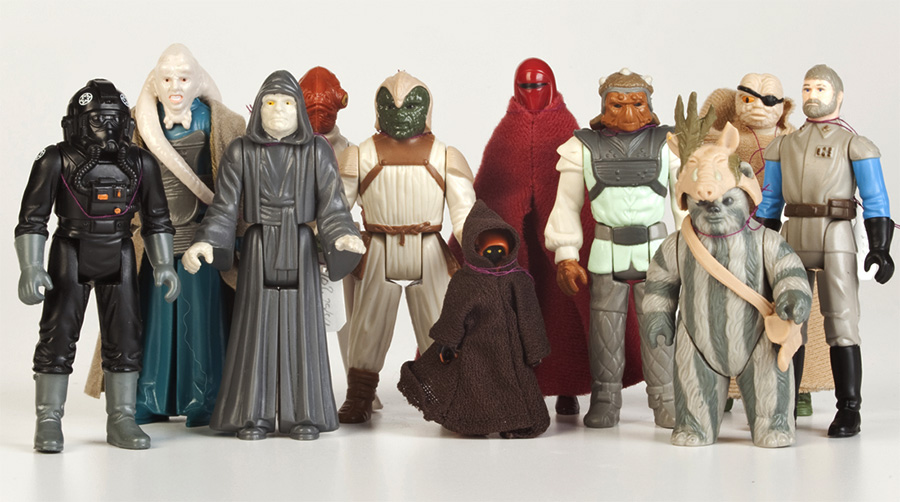
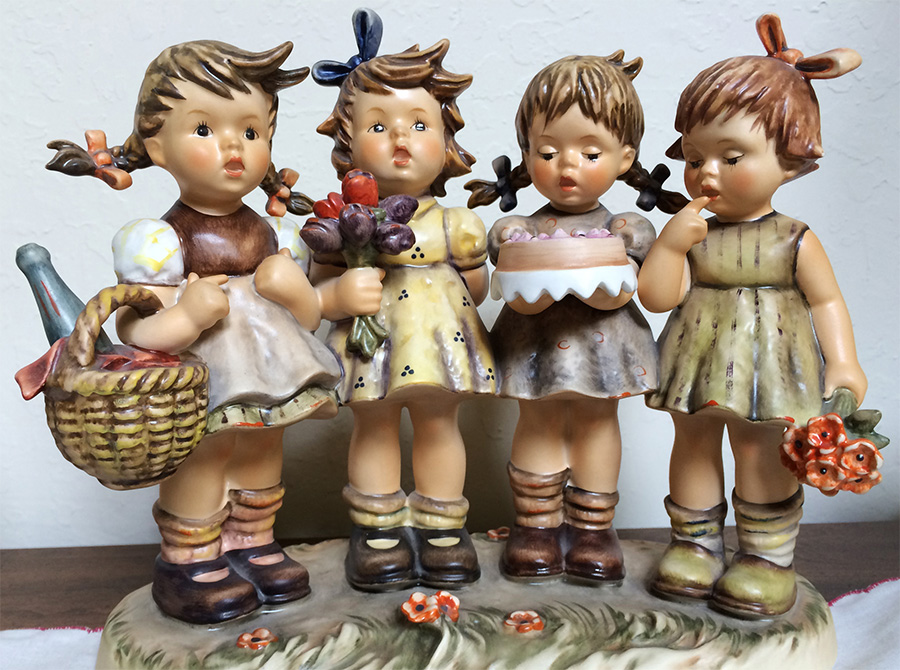
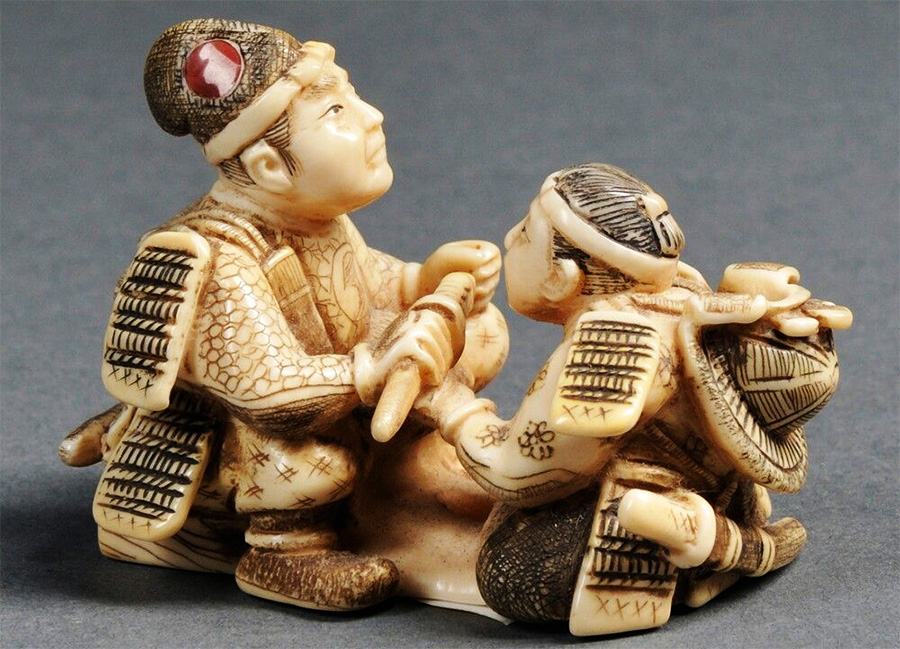
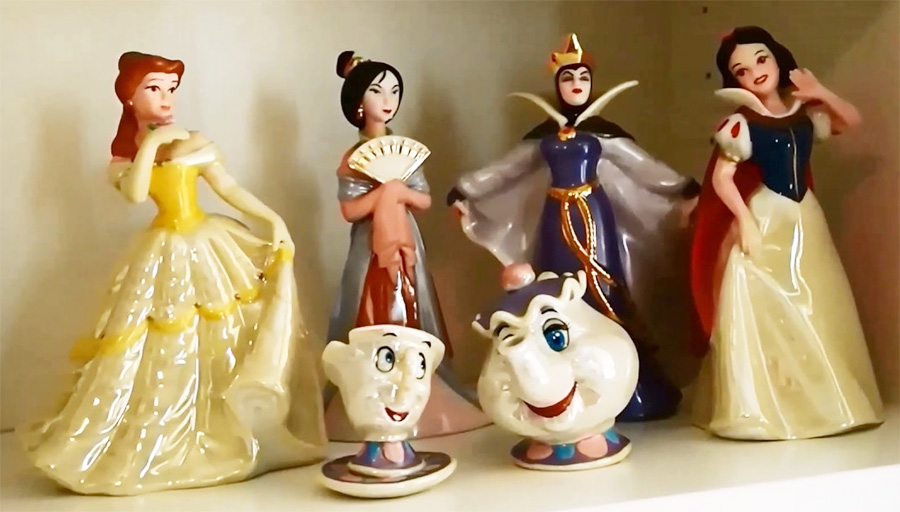
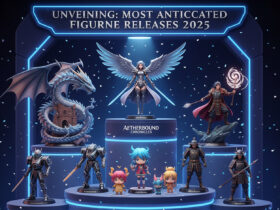
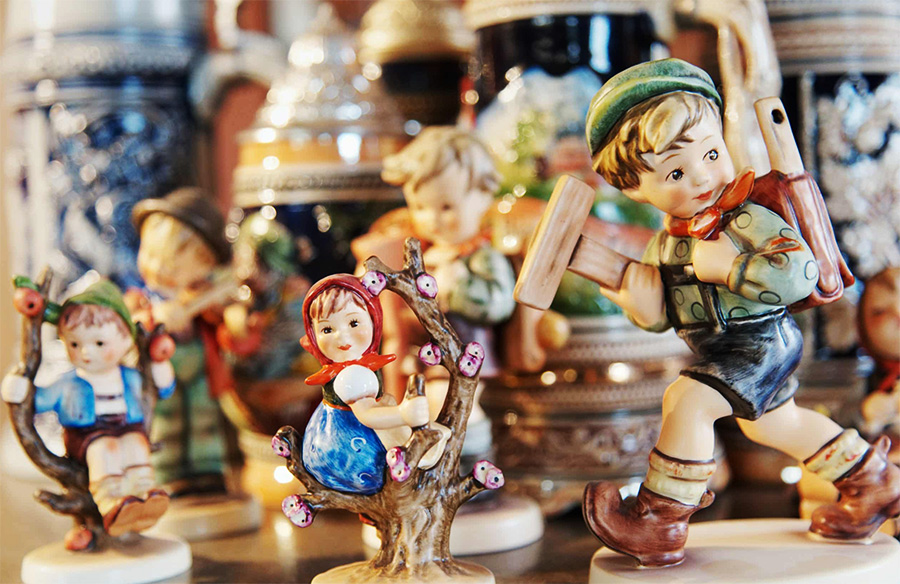
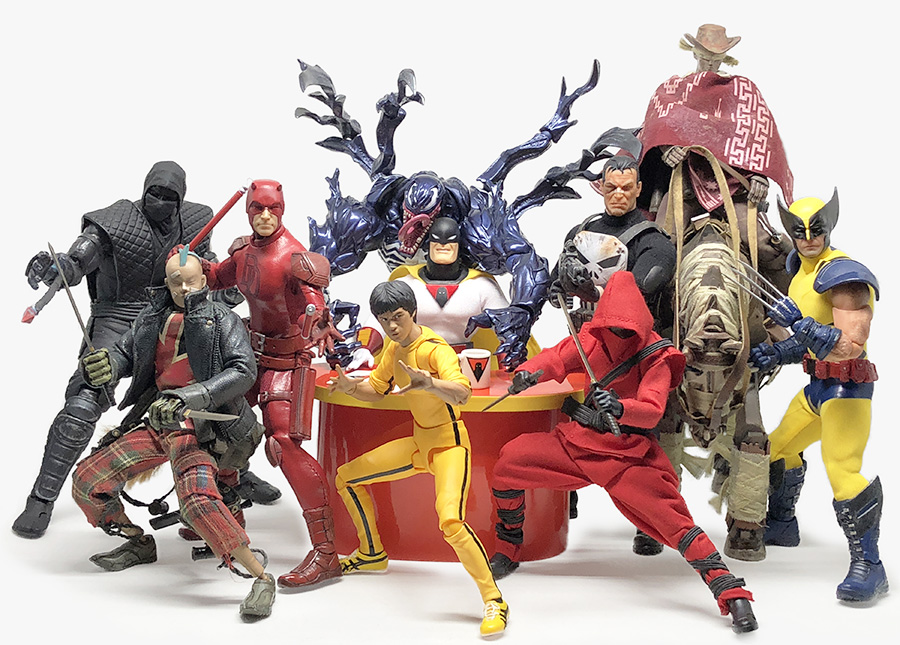
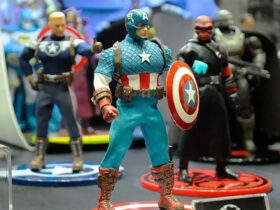
Leave a Reply